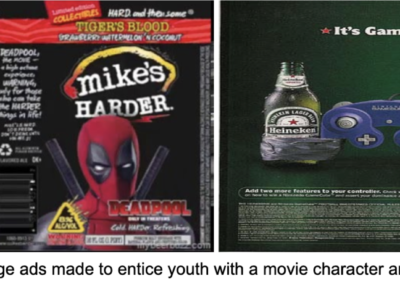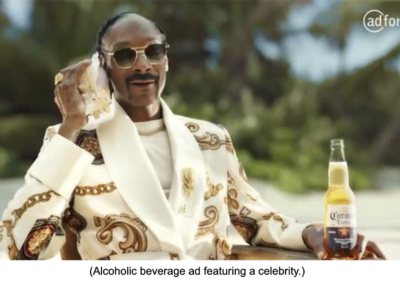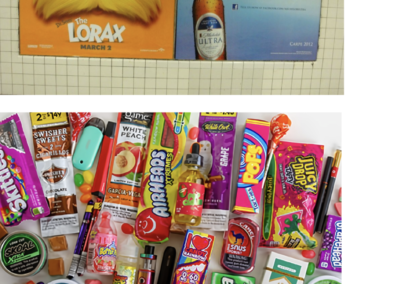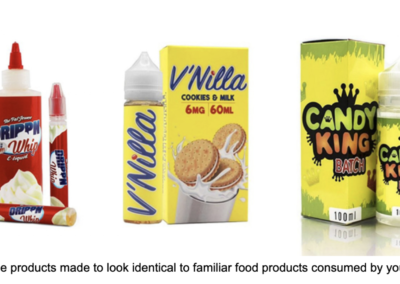The Impact of Social Norms and Alcohol Use on the Young Brain
By WRVT I April 20, 2025 I Blog
Alcohol is one of the most widely consumed substances in the world. The risks associated with alcohol use are particularly dangerous for young people. Adolescence is a time of emotional, physical, and social development which makes teens more vulnerable to the negative effects of alcohol.
Alcohol can impact brain development, cognitive function, and lead to long term consequences, such as addiction, and mental health concerns, specifically anxiety and depression. When consumed during adolescence, Cognitive function may become impaired, specifically in the areas of memory, learning and executive functioning. Executive functioning skills are developing at this age, and are responsible for problem solving, decision making, planning and impulse control. When these areas are impaired, it makes youth more vulnerable to make impulsive decisions, use poor judgement and it makes it more difficult to manage emotions.
Social norms – the unwritten rules that govern behavior in a group or society – play a powerful role in influencing adolescent behaviors and decision making regarding alcohol use. These norms may be shaped by cultural values, peer pressure, media portrayal and familial expectations.
Movies, music videos and television often portray alcohol use as glamorous, or celebratory, which reinforces the idea that drinking is normal, desirable and fun. Many popular songs among youth often contain lyrics that emphasize alcohol or drug use. Unfortunately this media portrayal often overlooks the risks associated with underage drinking.
Peer pressure is another key component of social norms. Adolescents are particularly susceptible to the influence of their peers, often feeling pressure to conform to group behaviors to fit in. If a youth’s social group engages in drinking, they may feel the need to do that same thing to avoid feeling excluded or to be accepted into a social group.
Family norms and attitudes can also shape a young person’s perception of drinking. Families that normalize alcohol use, or do not set clear boundaries may unintentionally send the wrong message that alcohol consumption is acceptable at a young age. Engaging in conversation about alcohol use and setting firm, consistent expectations, can help reduce the likelihood of underage alcohol use.
While social norms can be a powerful source for perpetuating alcohol use among youth, they can also be a tool for change. Shifting societal perceptions about underage drinking is essential to long term prevention efforts. Changing the narrative around alcohol involves challenging the glamorization in the media and promoting information that emphasizes the risks and negative consequences of underage drinking.
Ultimately, the goal is to encourage behaviors that prioritize long term health and well-being and make underage alcohol use less socially acceptable. The influence of negative social norms is undeniable but by promoting healthy alternatives, educating on the risks of youth alcohol use, and fostering a supportive environment both at home and in the community, we can help shape a generation of young people who are empowered to make choices that will lead to happy, healthy lives.
Vaping and Mental Health: How Vaping Can Impact the Teen Brain
By WRVT I March 20, 2025 I Blog
In recent years, vaping has become a popular activity among teens, often seen as the “cool” alternative to smoking cigarettes. However, what many teens do not realize is the impact that vaping can have on mental health, leading to problems that can affect their emotional well-being, behavior, and cognitive function. As vaping use continues to rise, it is important to understand the connection between vaping and mental health and how the habit can be much more harmful than it appears.
Nicotine is a key ingredient in most vape products. Nicotine is a highly addictive substance that can have negative impacts on a developing brain. The teenage brain is still growing and developing and is especially vulnerable to the addictive properties of nicotine. When youth vape, they are exposing their brain to harmful chemicals, including nicotine, which specifically impacts the brain in the areas responsible for learning, memory and emotional regulation.
Nicotine can also play a role in mood instability, which is often a characteristic seen in teens who vape. Studies have shown that nicotine can increase anxiety, stress and depression in youth. For those who are already struggling with these mental health concerns, adding nicotine can make things worse.
One of the most common side effects of vaping for young people is an increase in stress and anxiety. Nicotine stimulates the release of dopamine, which is a neurotransmitter responsible for feelings of pleasure. While this may feel good initially, the feeling eventually wears off, leading to withdrawal symptoms, or the want or need for more. Some common nicotine withdrawal symptoms include irritability and anxiety.
The relationship between vaping and depression is also concerning. Nicotine’s effect on the developing adolescent brain can lead to mood swings, irritability and feelings of sadness, which makes it hard for teens to regulate their emotions. These mood fluctuations make it difficult for young people to manage and cope with stress and life changes, which may make them more vulnerable for more serious mental health issues down the road.
Understanding the relationship between vaping and mental health and its effect on the developing adolescent brain is crucial when encouraging teens to make informed decisions and protect their emotional well-being. With the appropriate support and education, we can help prevent vaping from taking a lasting toll on the mental health of our youth.
Additional Resources:
SAMHSA “Talking with Your Teen About Vaping”: https://library.samhsa.gov/sites/default/files/pep20-03-01-080.pdf
Meg Paraspolo, West River Valley Tobacco Specialist: wrvtprograms@gmail.com: Contact Meg if you feel your child would benefit from additional support in the form of tobacco cessation or resources.
PARENT UP “Why is My Child At Risk for Misusing Drugs and Alcohol?”:
https://parentupvt.org/why-is-my-child-at-risk
Sara Webb, Parent Engagement Specialist; wrvtengaged@gmail.com: Contact Sara for a copy of the “Operation Parent Handbook” which includes info on vaping, nicotine, & mental health.
American Heart Month: The Impact of Tobacco Use on Heart Health
February is American Heart Month. This serves as a time to raise awareness about heart disease and the ways we can reduce our risk of developing heart-related conditions. One of the most significant contributors to heart disease is tobacco use. Smoking, in particular,...
Making Prevention Day, Everyday: Protecting Youth Year Round
In today’s world, where young people face an array of challenges—from mental health struggles to substance abuse, bullying, and online dangers—prevention should be more than just an annual event; it should be a daily commitment. While we dedicate special days to...
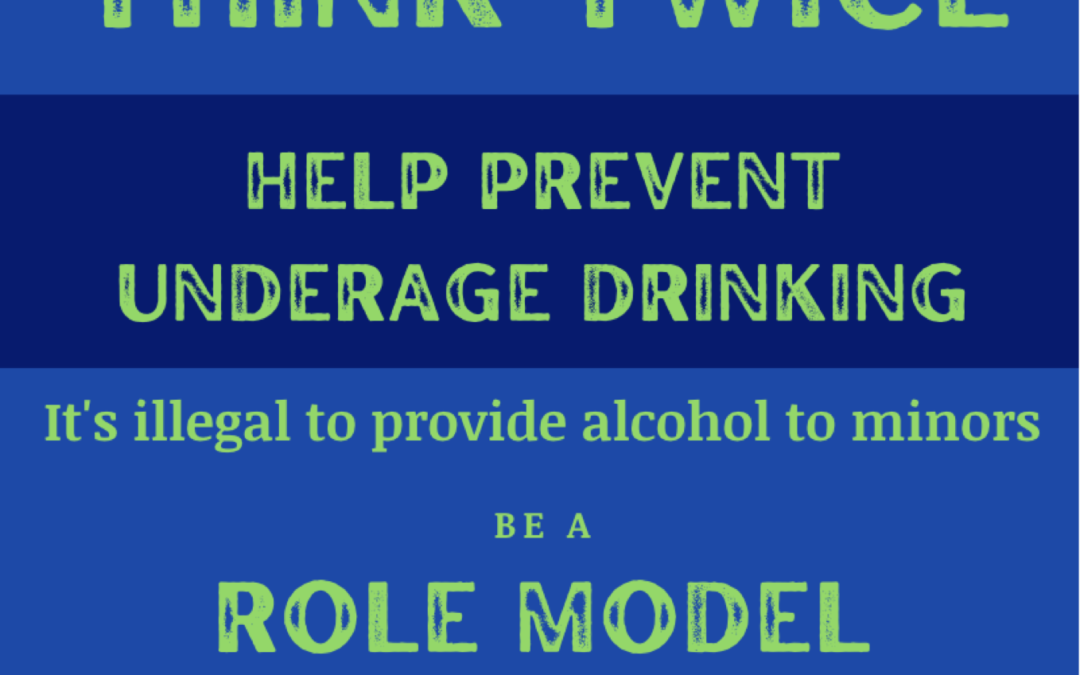
Sticker Shock Campaign May 2024
On May 16th, West River Valley Thrives partnered with Scout BSA troop 428 to hold their first Sticker Shock event this year. The team delivered the event to five stores in the area, where stickers were placed on beer, wine coolers, and any other alcohol products. The...

West River Valley Thrives Presents the 2024 Youth Ally Award
In 2022, West River Valley Thrives (Thrives) introduced the Youth Ally Award. This award is an initiative to recognize those who work so hard to support the youth in our community. Studies show that youth who receive support from the adults in their community are more...
Lawn Sign Campaign Encourages Safe Celebrations and Shared Responsibility
Spring is an exciting time of year, especially for teens who are preparing to celebrate prom and graduation. Celebrating these milestones is pivotal for teenagers, as well as for their families and the wider community. It’s our job as parents and caring adults to make...
Green Up Day Celebration at Townshend Common
Green Up Day Celebration At Townshend Commons: Saturday, May 4 All Towns Welcome! Students from Leland & Gray’s Project Based Learning Event Planning class and the Community Hope and Action Planning Committee are hosting a fun, family-friendly, Green Up Day event...
Bringing Back Community Hope & Action
West River Valley Thrives is now working to bring Community Hope and Action back to life with new & old volunteers, community partners, ideas, and energy. With the initial goal of holding two events this year, as well as expanding its reach to the entire West River Valley, CHA is ready to hear from you. Your input is needed to help shape how the organization is re-envisioned and to provide ideas for what type of events and activities community members are interested in attending. Please use the survey link below to provide your input. Let’s see what we can create together!
Cannabis Conversations: Talking to Your Kids About Cannabis
Cannabis Conversations: Talking to Your Kids About Cannabis Cannabis (marijuana) use is becoming more widespread and will soon be more readily available here in the West River Valley. Now is the time to talk to your kids about cannabis, regardless of their age. Watch...
Lawn Sign Campaign Encourages Safe Celebrations and Shared Responsibility
West River Valley Thrives is launching its annual lawn sign campaign to bring awareness to the issue of teen alcohol use and parent/community responsibility around this topic. Let’s keep our teens and community safe this prom and graduation season. To display a free lawn sign in your yard, please email Sara Webb, wrvtengaged@gmail.com.
Teen Drivers in Windham County were involved in a record low number of crashes in 2022
In this letter to thrives, parents and community members, Deputy Sheriff Mike Roj recently reported the 2022 crash data within Windham County. Deputy Roj believes that these impressive numbers are the result of a combined effort from driver education instructors, parents, and teens. Mike’s research reveals that over the past 13 years, the following three risks contribute to the highest percentage of teen crashes. Click on the title to read the full letter.
Mixed Messages Targeting Youth
You have surely heard of the term, “Mixed Messages”. Our understanding of a mixed message is when someone is giving off a certain feeling or vibe but their actions do not match those feelings or vibes. Someone might say they enjoy spending time with us but when we ask them for attention, they do not show up or give us what we need. Someone may devour a meal we make for them but then communicate that it was the worst meal of their life. We encounter mixed messages daily.
Sometimes, mixed messages are harder to notice than other times and those other times, they can be incredibly obvious. But, did you know there are mixed messages targeted to children? Alcohol and tobacco companies create specific mixed messages of their products, their advertisements, and their product locations within stores to lure youth in, promote their product and make them think that use of their products isn’t unhealthy for them.
Some examples of these types of mixed messages are the location of alcohol beverages in stores. Notice that oftentimes, there are alcoholic beverages directly next to non-alcoholic beverages such as iced tea that you might allow your child(ren) to have. Or how packaging on cases of beer or vape and tobacco products is colorful and eye-catching? This isn’t for you! This is for youth!
Tobacco and alcohol companies use these advertising tactics to attract youth. This is how they ensure future users of their products. They may associate their products with familiar items such as movies, cartoon characters, and celebrities or candy and snacks, making their brand appealing to youth and enticing them to try their products. These tactics reduce youths’ perception of harm when these types of products are directly marketed toward kids making the individual feel that the product must be fun and maybe even good for them.
When adult products are placed next to products that are for anyone to consume, it can be hard to recognize. Be sure to always check the labels on the product you are purchasing for your child(ren). For example, if you are buying an iced tea beverage, double check the can or bottle to make sure it does not state HARD or ALCOHOLIC. Sometimes, it can be hard to notice these details.
Below are some examples of mixed messages. It is important for adults to talk to the youth and young adults in their lives to help them recognize and understand that though the products may seem harmless and fun based on their appearance or placement in a store, they are not.

